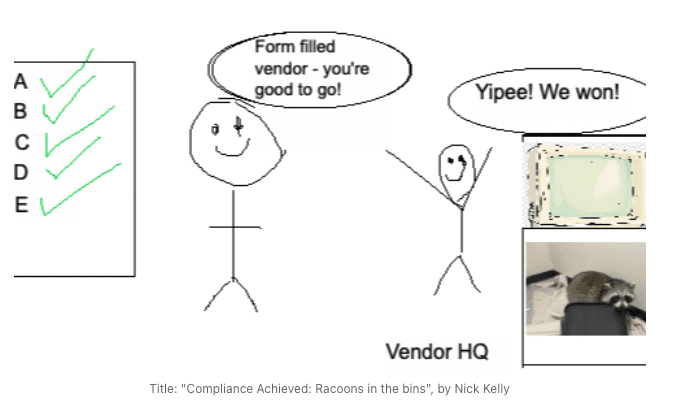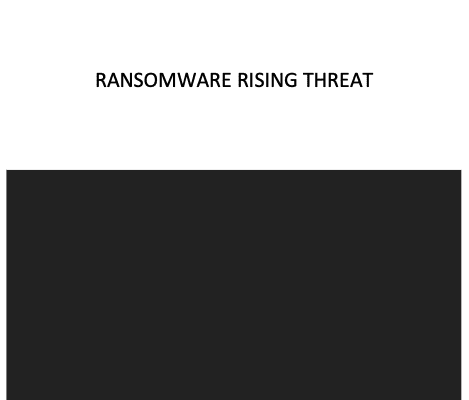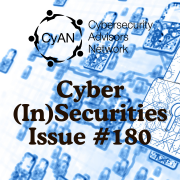Reflections on Day One of the Neurotechnology Summit: Where Mind Meets Machine and Governance Tries to Keep Up
There was a moment on Day One of the 2025 Neurotechnology Summit, superbly crafted by Andra Müller of Jewelrock and Dr. Allan McCay , when I looked around the room and realised something quietly extraordinary. This was not a gathering of technologists on one side …







